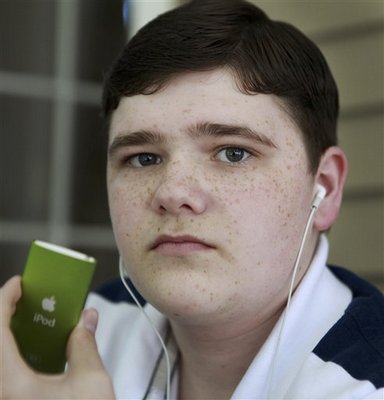
© unknown
No Spanish American's herb garden was complete - at least here in California during the state's early days - unless it contained te-de-limon, or lemon grass. Then, over the years, the plant, like so many other sources of natural drinks and "cures," slowly faded from use and cultivation. Today's renewed and still-growing interest in herbs and herb teas, however, is now bringing te-de-limon back once again: For the first time in years, dried lemon grass is being sold - and purchased! - in health food stores throughout southern California.
Although there seems to be little scientific basis for the claims, Mexican folk medicine holds that the benefits of lemon grass include: aiding digestion, calming nervous disorders and helping in the treatment of high blood pressure.
Cymbopogon citratus - as the plant is known to the botanist - is also cultivated and distilled in Java, Ceylon, Malaysia and Central America for its oil (which is used in pharmaceutical preparations and skincare products). Furthermore, according to Dorothy Hall's
The Book of Herbs, lemon grass contains vitamin A and is good for "those who wish to have bright eyes and a clear skin."

Comment: Losing Focus? Studies Say Meditation May Help